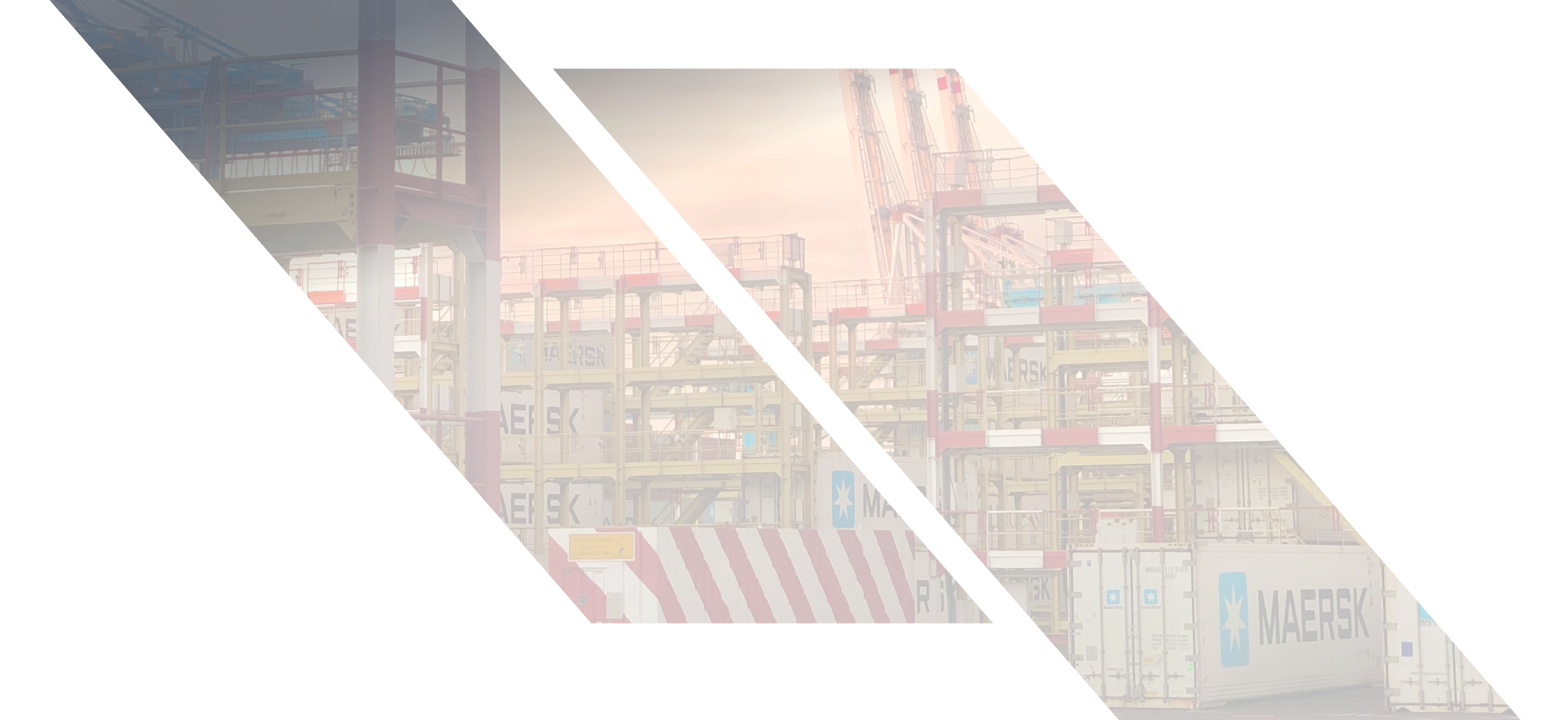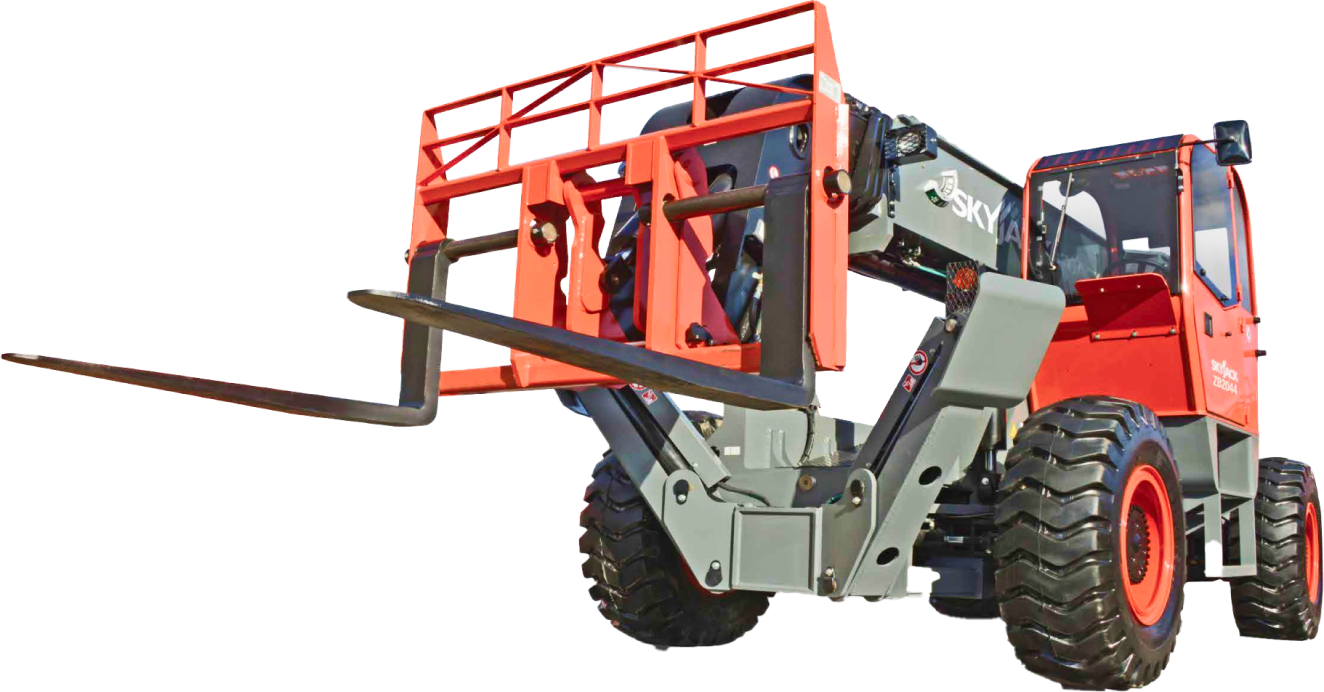

Telehandlers for Every Jobsite – Power, Reach & Versatility
Telehandlers are the ultimate all-in-one machines. Combining lifting power, extended reach, and off-road mobility to tackle any material handling challenge. From rough terrain to tight warehouse spaces, their unmatched versatility makes them essential across construction, agriculture, and industrial applications.



Telehandler | Forklift | |
Lift loads vertically | X | X |
Lift loads horizontally and side-to-side | X | |
Compact enough for narrow aisles | X | |
Designed for uneven outdoor terrain (triangular footprint) | X | |
Reach up to 20 feet | X | X |
Reach over 50 feet | X | |
Attachments for various functions | X | X |
Load capacity up to 10,000 pounds | X | |
Load capacity over 50,000 pounds | X |
FAQs About Telehandlers
A telehandler, short for telescopic handler, is a versatile lifting machine that combines the functionality of a forklift and a crane. It’s used to lift, move, and place heavy loads on construction sites, farms, warehouses, and industrial environments – especially where uneven ground or extended reach is required.
While both are used for lifting and transporting materials, telehandlers feature a telescopic boom that extends forward and upward, giving them much greater reach and height than standard forklifts. Forklifts are typically used on flat indoor surfaces, while telehandlers are designed for off-road and multi-terrain use.
Not exactly. A telehandler can perform crane-like functions, especially when fitted with lifting hooks or boom attachments, but it’s not a dedicated crane. It offers more versatility and mobility, making it suitable for tasks that don’t require the extreme lifting capacity of a traditional crane.
A typical telehandler includes a telescopic boom, chassis, cab, four wheels (often all-terrain), outriggers (for stability), and a hydraulic system. Attachments such as forks, buckets, and jibs can be fitted at the boom tip depending on the job.
Telehandlers come in various configurations:
- Standard fixed-boom telehandlers (most common)
- Rotating telehandlers (known as Roto handlers)
- Compact telehandlers (for tight spaces) They also differ in lifting height, capacity, and boom reach.
Operators use joysticks and foot pedals to control boom movements, steering, and lift functions. Most modern telehandlers have intuitive, cab-mounted controls along with load sensors and digital displays for added safety and precision.
Common attachments include pallet forks, buckets, crane jibs, man platforms, augers, hoppers, and bale clamps. These add-ons turn a single machine into a multi-use solution for lifting, scooping, sweeping, and more.
Major risks include tip-overs, falling loads, collisions, and poor visibility. Operator training, regular maintenance, and proper load handling are essential to reduce these risks. Always follow safety protocols and manufacturer guidelines.
Telehandlers are engineered to handle heavy loads, rough terrain, and a wide range of job conditions. Their cost reflects the robust build, advanced hydraulics, and multi-functional design. Investing in a telehandler often eliminates the need for multiple machines.
That depends on how often you use it. If your operation needs a telehandler daily or across multiple sites, buying may offer long-term savings. For short-term projects or occasional use, renting provides flexibility without the upfront cost of ownership.














